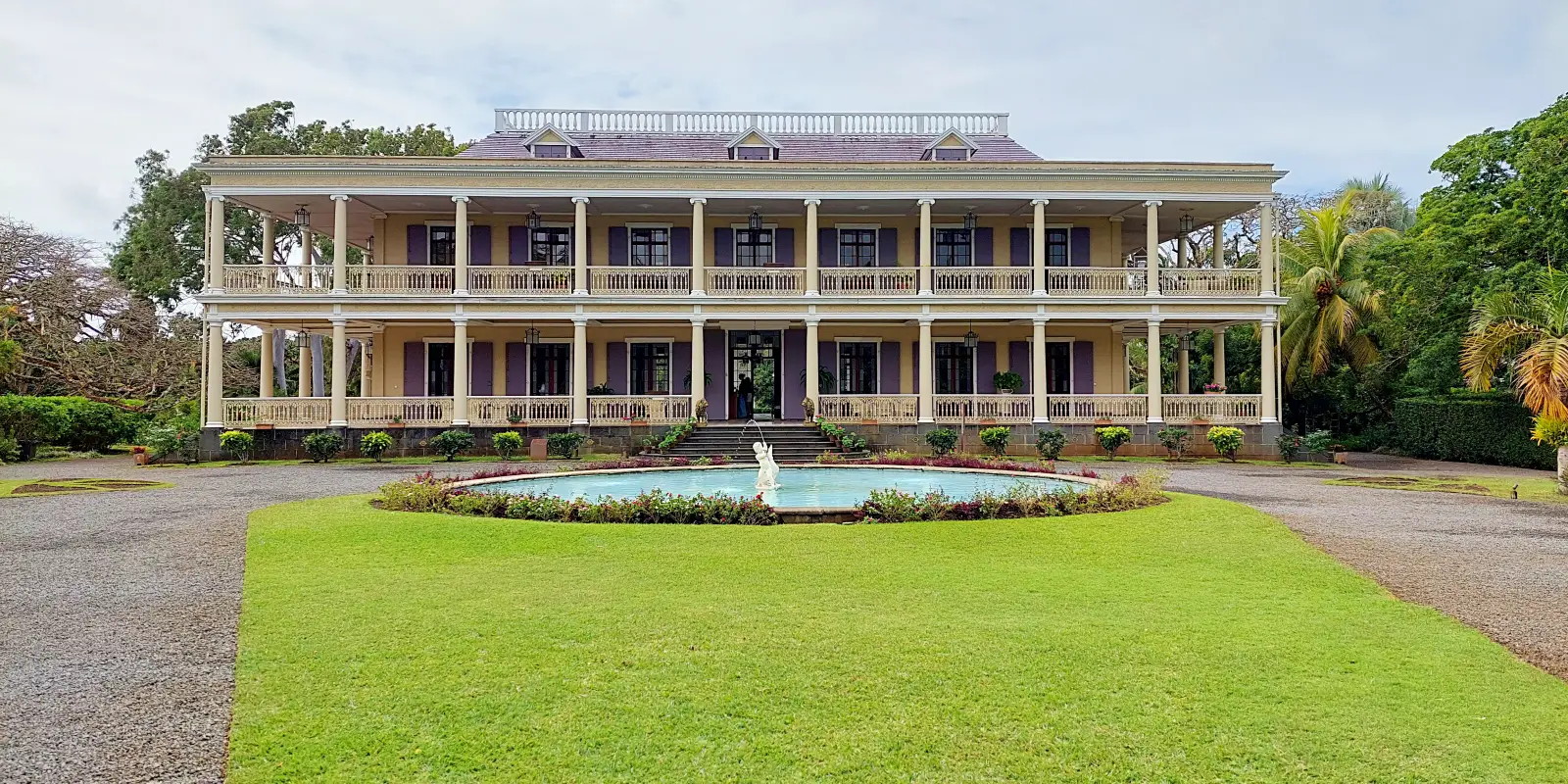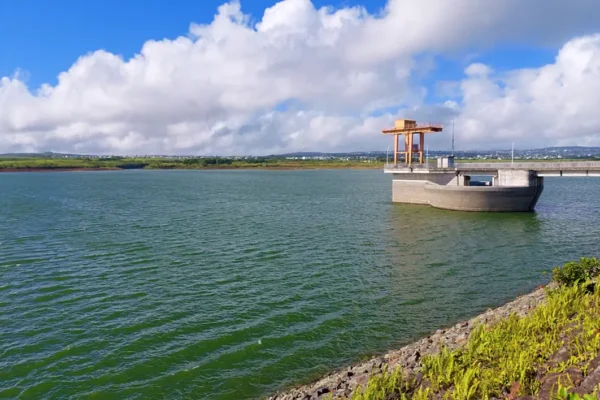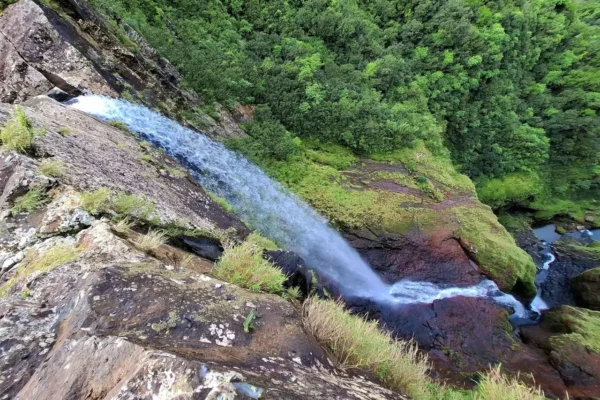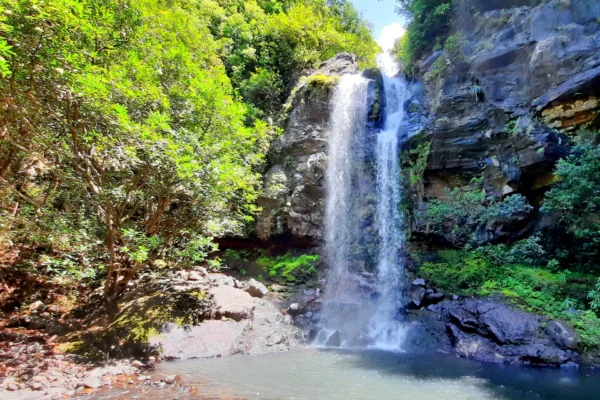Situated in the North of Mauritius, surrounded by inactive volcanic cones such as Butte aux Papayes Hill and Forbach Hill, the Domaine de Labourdonnais is a historical place that has undergone many infrastructural developments throughout the years. I spent the first decade of my life there. I have always wanted to make people discover this once lesser-known sugar estate, which has transformed into a busy economic area today.
This article is not just about the discovery of the Domaine de Labourdonnais, but also a testimonial as an ex resident. In this section, I will provide a historical overview and past activities.
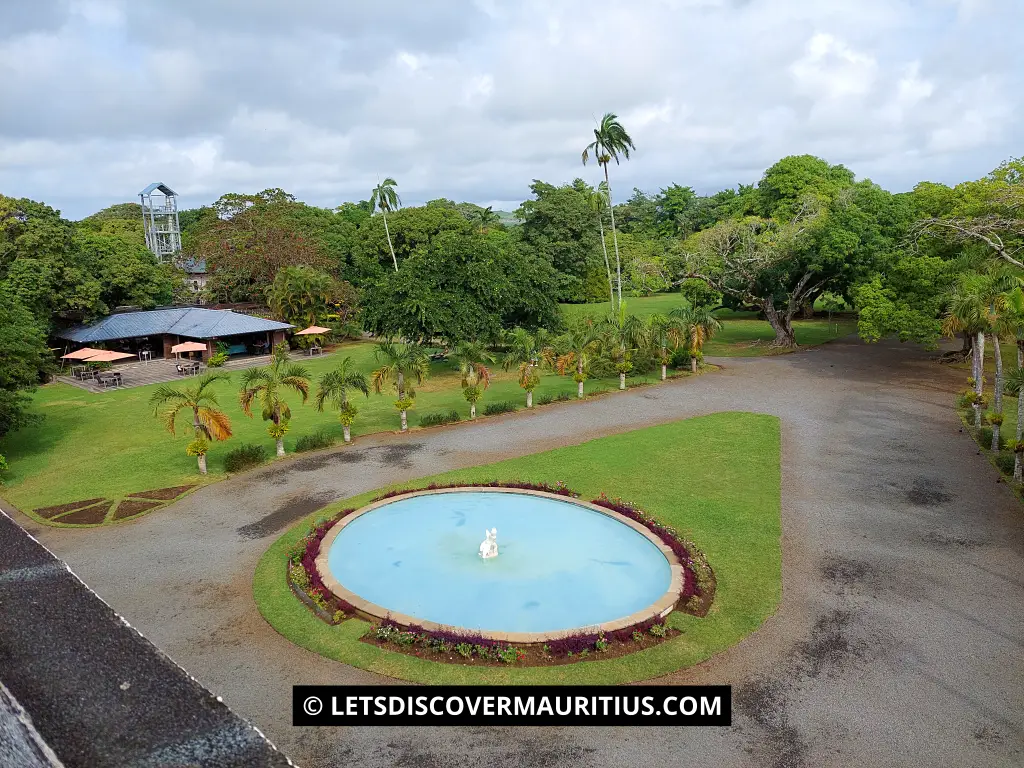
A Bit Of History
When the British took over the island for the second time in 1810, the soldiers walked through the regions, passing Mapou, another village next to Labourdonnais. They continued their conquest until Port-Louis. At that time, the area was lost in the forest, and few infrastructure developments existed. In fact, the road itself was not that well-paved. Some years later, when Jacques de Chasteigner Dumée bought the land from Jean Baptiste Germain in 1821, a small sugar mill existed on the estate. The estate expanded, particularly after acquiring more sugar estates nearby such as Mon Répos, Caroline and Forbach.
The sugar mill of Labourdonnais continued to bring innovations, developments and immersion in the area during all those decades. In 1915, Labourdonnais Sugar Estate Co Ltd was formed after shares were sold to Belle Vue Harel. It was centralized to it in the 1960s. Labourdonnais sugar mill was demolished and rebuilt at Hippo Valley, Rhodesia, currently Zimbabwe. The land was divided between Labourdonnais Ltd and Beau Plateau Ltd. Moreover. The estate was also administrated by the Wiehe family. We all know the famous Château de Labourdonnais, built in 1858 by Christian Wiehe, of Danish origin. He also added a gorgeous orchard, which still exists today.
Did you know there was an elephant living in the estate in the 19th century? Based on archive records from the Château de Labourdonnais, the elephant was imported from India by Adrien D’Epinay, at the end of the 1830s. The animal wandered freely, and spent most of its time near the windmill. When you look at the top of the windmill, you will see an elephant symbol as a memorial. I have written an entire article on the elephant, which you can read here.
The Domaine de Labourdonnais During My Childhood Versus Today
I still remember how I spent wonderful times during my childhood at Labourdonnais for 10 years (1989 to 1999). My Dad worked for the Belle Vue Harel (Now Terra) sugar mill, like the majority of the inhabitants residing there. The estate was inhabited mainly by employees of the sugar mill. I lived in a 1950s-built house. Before that era, there was a laborer’s camp where the football field is located today. I did not know that camp, as I was not born yet. Later, it was displaced from where I lived after a fire broke out. During my childhood, the area was covered with sugarcane fields.
The swimming pool did not exist. Furthermore, the windmill tower in front of the Quartier des Serres entrance was hidden in the sugarcane fields. The Tamil temple, Mariammen & Siva Soopramaniar, was also different. There were no barriers like today, and divinity idols were seen openly from the road.
At the site of the tennis court, there were two shops and one hairdresser. They also closed at the end of 1990s itself. Next to them, was my pre-primary school. The building was poor, covered with iron sheets, with a small playground in front. I still remember my teacher, whom we called “Miss Nadjia”. Unfortunately, the school was destroyed during the Hollanda cyclone in 1994. The school then moved to a wooden building on the main road, near Ecole du Nord. My teacher was called “Antoinette”. This area was composed of different houses.
For the construction of Northfields International School, all of them were demolished at the end of 1999. I used to wait for the bus to take me to school at the bus stop, which is next to the parking lot. At that time, sugarcane fields existed. It is impossible for me to forget the time when Mr Jimmy owned the only shop on the main road, which was often managed by his wife, whom the locals called “Madame”. The stone building still exists. The Quartier des Serres was recently constructed, but there were previously plantations of lace leaf (Artherium) flowers in this area. La Corbeille was small, and I remember a pastry shop.
My Old House
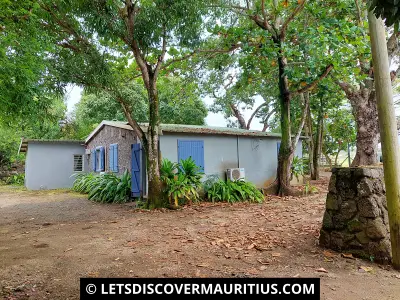
Mariammen & Siva Soopramaniar Kovil
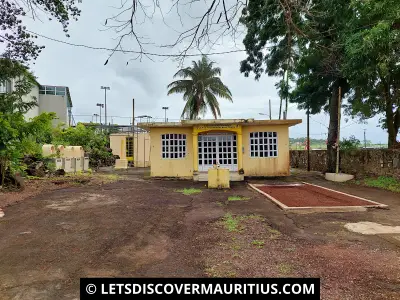
Saint-George Chapel
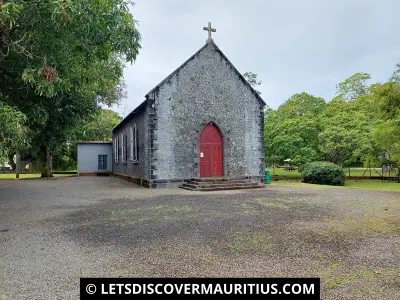
La Boutik Madam
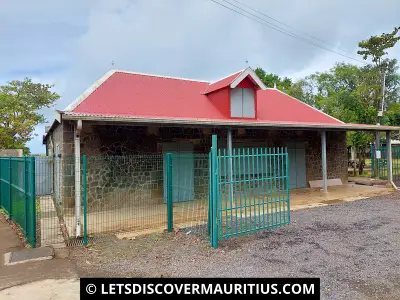
The Garage

Camp Poulailler
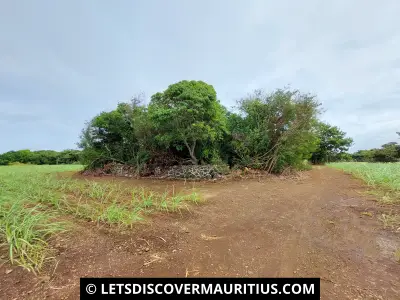
The Labourdonnais sugar mill ruin has always been a marvel in the area. We used to play at the bottom of the chimney and even crawled under it through a hole. Currently, the area is closed, and it is where the staircase leads to the boilers. The garage was functional, and there were houses behind the sugar mill ruin. The Château de Labourdonais was not known to the public until the 2000s.
I would like to add that there were two laborers’ camps near Labourdonnais. They were known as “Camp Beton” and “Camp Poulailler”. Camp Beton had around a dozen families, and my paternal grandparents lived there. It was demolished in the early 2000s, replaced by sugarcane fields. On the other hand, Camp Poulailler had few families, a temple that still exists and a rusty building for Muslims to pray. This is the building my family used to occupy. Camp Poulailler has been demolished too. The place is covered with shrubs and debris.
In those 10 years I lived there, the neighborhoods were tranquil. No loud music at night, neighbors were generous, and everyone knew each other. I remember when I took my bicycle and rode to every corner of the estate. I played football with my friends and appreciated the peaceful surroundings. Likewise, I also admired the sugarcane laborers and heavy machinery cutting those sugar canes in front of my house. I am among the last generation of inhabitants who left Labourdonnais at the end of the 1990s. As of 2003, all people had moved to other localities. It is how it became a popular spot during the 20 years. New developments occurred, past houses became offices, and the transition from a village to a busy smart area can be seen today.
Things To Do At The Domaine De Labourdonnais
The Domaine offers a variety of things to do when visiting it. As it has been diversified into different sectors, particularly tourism, here are a list of activities you can perform there as follows:
Château de Labourdonnais
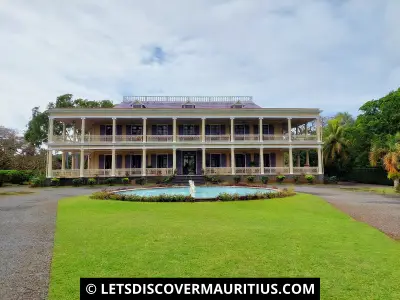
Labourdonnais Sugar Mill Ruin
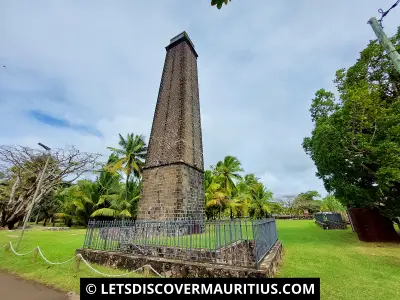
Quartier des Serres
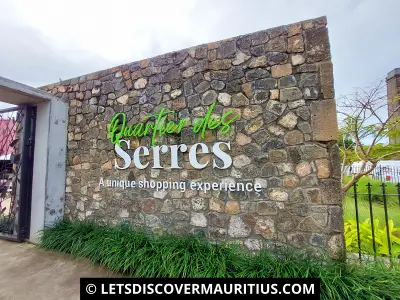
Windmill Of Labourdonnais
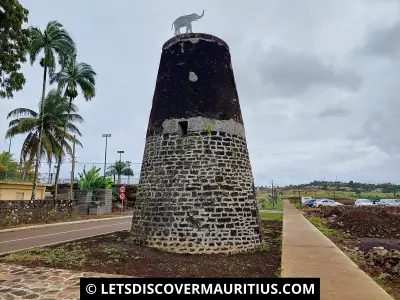
La Table du Château
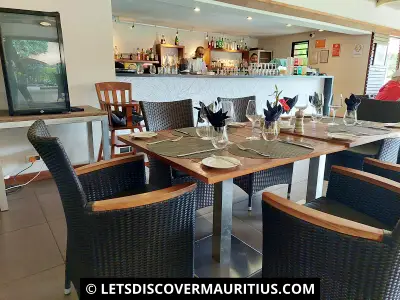
La Boutique du Château
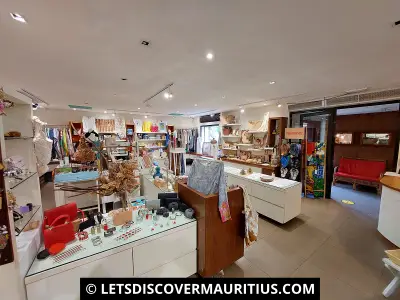
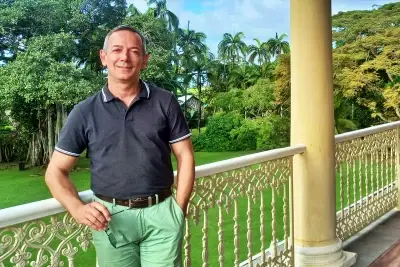
Bernard Maurice, Talks About The Estate
Bernard Maurice is the knowledgeable person who can tell us about the estate. He is the museum curator at Château de Labourdonnais, and an author.
QUESTION: Mr Bernard Maurice, you are the only person who can share with us some information about the estate’s history. You have worked here for a long time, so tell us a bit of the history…
BERNARD MAURICE: “Château de Labourdonnais in Mapou, Mauritius, is a rare 19th-century Creole plantation house. It was built on a concession dated 1774 and later owned by the De Chasteigner and Bourgault du Coudray families until the 1840s. Construction began in 1856 by Mr Christian Wiehe, a prominent planter, and was completed in 1859. The grand driveway, lined with aged intendance trees, adds to the charm reminiscent of plantation houses in Virginia, South Carolina, Louisiana, and Georgia. The meticulously designed two-story mansion features majestic facades, verandas with colonnades, and exquisite interior decorations in Victorian and Napoleon III styles. In 2006, a restoration project transformed the Château into a museum, preserving its historic value. Today, it proudly stands as part of Mauritius’ national heritage, offering a glimpse into the island’s rich history.”
Bernard Maurice has re-edited a useful guide to the Château de Labourdonnais, which is worth reading. You can buy it in the Château’s shop.
Meet The Managing Director
Jean François Lagesse, a passionate about agriculture with a number of years working in the same industry locally and abroad, is also the director of Domaine de Labourdonnais. It is a privilege to have him answering a few questions for us.
QUESTION: From sugar estate to business hub, how do you see Domaine de Labourdonnais’ progress?
JEAN FRANÇOIS LAGESSE: “Our company, with a rich 250-year history, began as an agriculture-focused business. Over time, different owners played pivotal roles in shaping our growth. We diversified into the agricultural sector decades ago, leading to our fruit processing factory 25 years ago. This marked the start of vertical integration. As our interests expanded, we ventured into new areas 15 years ago. Today, we take pride in being a diverse corporate entity involved in agriculture/agro-industry, property development, leisure, sports, health, commerce, and trade. To ensure smooth operations, we have implemented internal procedures and recruited talented individuals. Our main objective is to provide exceptional services, prioritizing client satisfaction. To meet evolving needs, we have invested significantly in infrastructure, equipment, and training. Our focus remains on creating memorable and authentic experiences.”
QUESTION: What is the future of the Domaine de Labourdonnais?
JEAN FRANÇOIS LAGESSE: “Our goal is to be a trusted provider of diverse, high-quality products and services, prioritizing open communication and adaptability to meet clients’ changing needs. Our dedicated professionals embody pride and professionalism, driving company development. We foster an inclusive work environment where employees embrace challenges with confidence, contributing significantly to our valued and admired company. Despite recent challenges, the DDL has made remarkable progress in the past decade. We remain committed to enhancing our offerings and continuously improving to meet customer demands. Positive feedback and satisfaction from our clients affirm our positive trajectory.”
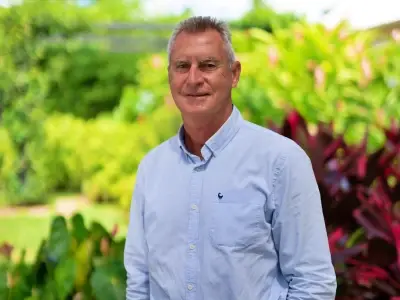
From Sugar Estate To Business Realm
Along with Quartier des Serres and the Château, the DDL has diversified into sports and wellness, real estates, distilleries, nurseries, orchards, and other agricultural and processing activities. The place has a swimming pool, tennis court, schools, dentistry, paramedical center, hair studio, business hubs, and the list runs on. Personally, I could never imagine how dramatically it would be transformed on developments and diversification. I will always remember how amazing the village was during my childhood. I can still hear the laborers cutting the sugar canes during harvest, the noise of the lorries transporting them to Belle Vue Harel sugar mill, the sugar cane leaves dancing in the breeze, and the serenity generated by the surroundings. The Domaine de Labourdonnais has experienced a great transformation in the business, it is continuously growing. A memory that will never fade away.
Visit The Domaine De Labourdonnais Now
Want to discover the domaine? Below are the ways to contact them:
Author & References

Author: Ali J | Date Published: July 24, 2023 | Last Updated: N/A
Special Thanks: Domaine de Labourdonnais.
Subscribe For Newsletters
Not just newsletters, but you may enjoy free vouchers, coupons, activity deals and many others while subscribing…

